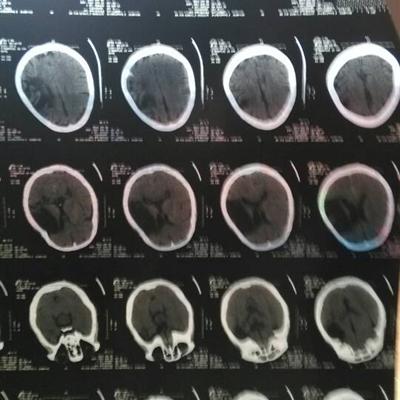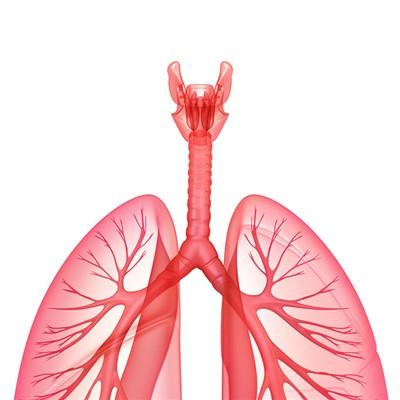Symptoms of gastrointestinal candidiasis
summary
Gastrointestinal candidiasis is a fungal disease caused by Candida, especially Candida albicans. The pathogen can not only invade skin and mucous membrane, but also affect internal organs. The two most common syndromes are mucocutaneous candidiasis (e.g., oropharyngeal candidiasis or thrush, esophagitis and vaginitis) and invasive or deep organ candidiasis (e.g., candidemia, chronic disseminated or hepatosplenic candidiasis, endocarditis, etc.). In most patients, candidiasis is an opportunistic disease. So what are the symptoms of gastrointestinal candidiasis? Let's talk about it.
Symptoms of gastrointestinal candidiasis
The digestive tract diseases caused by Candida are thrush, glossitis, angular stomatitis, pseudomembrane, ulcer or erosion of esophagus, small intestine and perianal. Generally, the incidence of upper digestive tract diseases is more than that of lower digestive tract, and that of children is more than that of adults. Patients often have dyspepsia, chronic diseases, malignant tumors or long-term use of antibiotics and immunosuppressants
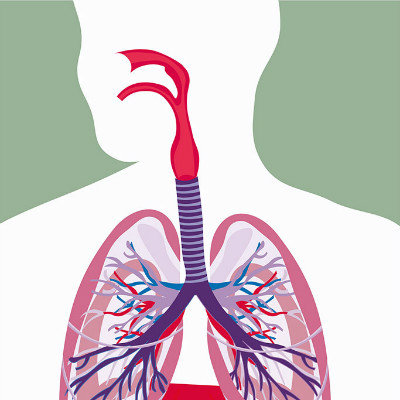
Common in the tongue, soft palate, buccal mucosa, gingiva, pharynx and other places. The patient felt pain, dysphagia and loss of appetite. The newborn appeared one week after birth; Adult candidal stomatitis is rare.
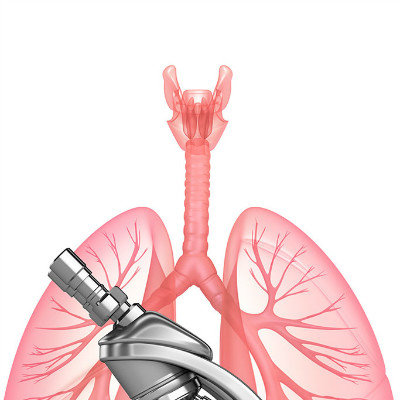
Candida food in digestive tract is mainly seen in patients with malignant tumor and AIDS. It is characterized by esophageal spasm, dysphagia, poststernal burning pain, and occasionally can cause massive hemorrhage in upper digestive tract. Esophagoscopy showed colored plaque and extensive inflammation on the mucosa.
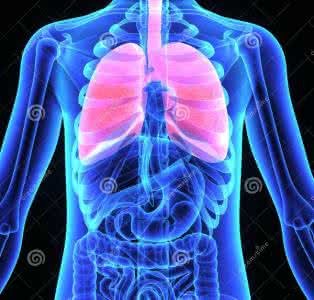
matters needing attention
There is no gender difference in the infection of Candida in digestive tract, and it can affect any age group. The infection can invade almost all tissues and organs of human body. Disseminated candidiasis involving multiple systems or organs, including candidal bloodstream infection. Similar diseases should be treated in time.


